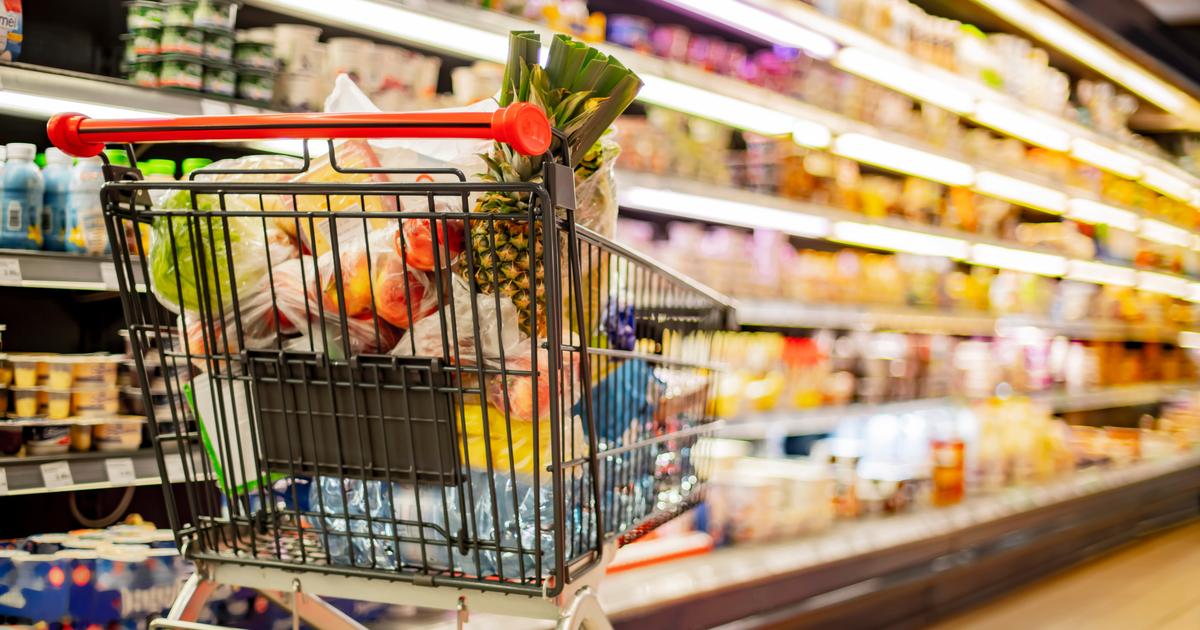With a 5.2% increase over one year, household final consumption expenditure made a historic leap in 2021. INSEE points out, however, that the trend “
remains below that of before the crisis
”.
This increase indeed follows a year 2020 marked by the Covid crisis and the economic slowdown caused by the numerous restrictions put in place to fight against the spread of the economy (containment, curfew, etc.).
Read also“Even dishwashing liquid has increased”: in the face of inflation, the daily sacrifices of consumers
If the figures are driven by a catch-up effect, the institute nevertheless points out that “
household purchasing power has increased
” over the past year.
Disposable income would thus have grown by 4% in 2021, a rate significantly higher than in 2020 (+1.1%).
A differential certainly attenuated, but not canceled, by the rise in prices (1.6% against 0.9%).
Food in decline
In detail, all the major consumption items have progressed (hotels and restaurants, transport, clothing, etc.) With only one exception: food.
Strongly stimulated in 2020 by confinements and telework, the latter has returned to normal.
A particularly visible trend development with the lack of interest in basic and conservation products, which "
reflect a decline in home-made
", underlines INSEE.
Several expenditure items were driven by a price increase.
This is the case for housing-related expenditure with, for example, energy prices rising sharply, particularly those of gas (+21.4% after –10.1%).
Ditto for transport, which rose sharply, in particular due to spending on fuels and lubricants which increased particularly (+ 18.2% after – 17.0%).
Read alsoPurchasing power: a plan that raises doubts
A catch-up effect is also visible.
Thus spending on accommodation and catering increased sharply in volume (+15.2%), without however being able to offset the historic plunge of 2020 (–34.0%).

